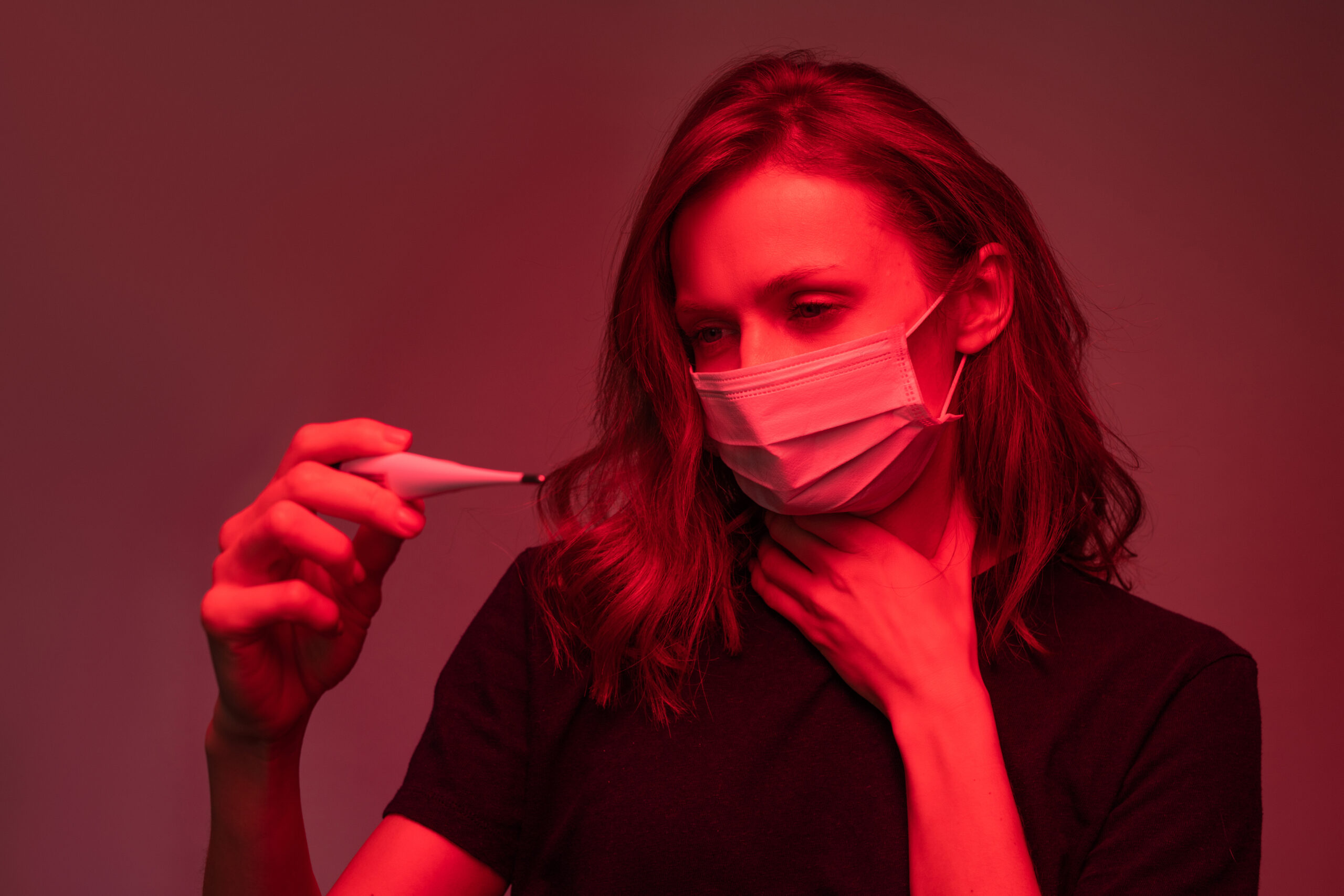Your Cilia are essential in fighting Covid-19: What you need to know

There’s a lot of unknowns about Covid-19. Why is it so contagious? Why are some people dying, and others barely affected?
So far, we know that Covid-19 affects the cells of tiny hairs located in our nose and throats. These superheroes are called Cilia, and it’s worth getting to know more about them.
Where *exactly* does Covid infect the body?
Covid-19 binds to receptors in microscopic, hair-like cells, called cilia, which are located around our body. Covid also infects other types of cells: mucous-producing cells, and cells in our alveoli (the pathway to our lungs). The nose has the most infected cilia cells. This suggests that the nose is Covid’s entry point.
Where else are cilia located?
There are cilia in your throat, nasal passageways, inner ears, eyes, stomach, kidneys and heart.
How does Covid-19 infect cilia?
It binds to an essential part of a cilia cell, called an ACE-2 receptor, which raises our blood pressure when we are stressed.
Why are some people infected worse than others?
One factor is that some people have more ACE-2 receptors than others. Researchers found that ACE-2 receptor density increases with age, and that men have more than women. People with heart disease or diabetes may also have more than average.
What is the relationship between cilia and taste/smell?
Cilia are essential for sensory receptors involved in taste and smell. When they are infected, it could cause those senses to stop working.
How do I make sure my cilia are healthy?
Many things cause temporary or permanent damage to cilia.. Things that are proven to cause damage to cilia include: smoking, vaping, drinking alcohol, dehydration, yelling or shouting, dry and cold air, air pollution, gastric reflux and certain medications. It could be a good idea to limit these risk factors during an outbreak.
Why the slow progression of the disease?
Scientists suggest that because Covid binds to just a few types of receptors, infection occurs more slowly that diseases such as Ebola or SARS.
Could physical therapy or postural drainage techniques help?
Maybe. Most postural drainage techniques are aimed at ridding mucous from the lungs, which is typically not relevant in Covid-19 cases. However, doctors in New York City hospitals have reported improved results when placing ventilated patients on their stomachs instead of their backs (prone positioning) to improve outcomes. There is evidence that certain yoga poses can increase lung capacity. We have published an e-book “Yoga Poses to Increase Lung Capacity”, if you would like to learn more about strengthening respiratory muscles.
What else should I do to protect myself?
Continue to follow protocol to wash your hands + cover your face, and socially distance. Follow advice to protect your immune system by eating fruits + vegetables, getting plenty of sleep, and keeping stress levels low.
It may be worth taking preventative measures to safeguard your functional respiratory cilia by limiting things like smoking, monitoring humidity levels, and drinking warm fluids.
If a family member gets sick, particularly if they are at high-risk or non-verbal, it could be helpful to use an at-home pulse oximeter to monitor their oxygen levels.
Are cilia the whole picture?
Absolutely not. ACE-2 receptors are found in some other types of cells throughout the body, which researchers are looking into. The health of your immune system plays a large role in how your body fights off a new illness such as Covid-19. Researchers are also exploring what happens when Covid progresses to the lungs.
————-
We have published an e-book “Yoga Poses to Increase Lung Capacity”. To purchase, click here.
For More information:
Carsana, Luca, et al. “Pulmonary Post-Mortem Findings in a Large Series of COVID-19 Cases from Northern Italy.” MedRxiv, Cold Spring Harbor Laboratory Press, 1 Jan. 2020, www.medrxiv.org/content/10.1101/2020.04.19.20054262v1.
“Coronavirus Dashboard.” Coronavirus Dashboard, ncov2019.live/data.
Foley, Katherine Ellen. “The Coronavirus’s Survival Mechanism Is What Makes It so Dangerous.” Quartz, Quartz, 30 Mar. 2020, qz.com/1822554/how-the-coronavirus-tricks-cells-into-a-full-body-invasion/.
“Management of Patients with Confirmed 2019-NCoV.” Centers for Disease Control and Prevention, Centers for Disease Control and Prevention, 6 Apr. 2020, www.cdc.gov/coronavirus/2019-ncov/hcp/clinical-guidance-management-patients.html.
Phyziochick. “Short-Term Yoga Training Expands Breathing and Lung Capacity in Young, Healthy Adults.” EurekAlert!, 5 Apr. 2006, www.eurekalert.org/pub_releases/2006-04/aps-syt033006.php.
“What Type of Cells Does the Novel Coronavirus Attack?” ScienceDaily, ScienceDaily, 7 Apr. 2020, www.sciencedaily.com/releases/2020/04/200407131453.htm.